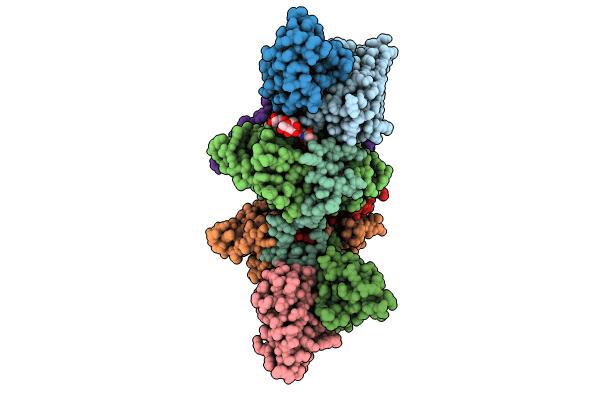
Deposition Date
2024-01-29
Release Date
2024-08-07
Last Version Date
2025-02-19
Entry Detail
PDB ID:
8Y3U
Keywords:
Title:
Ebola virus glycoprotein in complex with a broadly neutralizing antibody 2G1
Biological Source:
Source Organism:
Homo sapiens (Taxon ID: 9606)
Ebola virus (Taxon ID: 1570291)
Ebola virus (Taxon ID: 1570291)
Host Organism:
Method Details:
Experimental Method:
Resolution:
2.98 Å
Aggregation State:
PARTICLE
Reconstruction Method:
SINGLE PARTICLE


